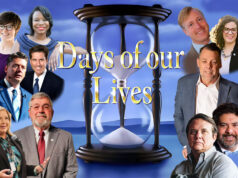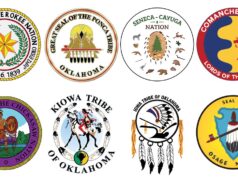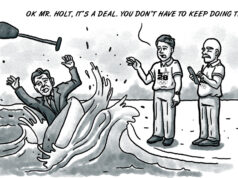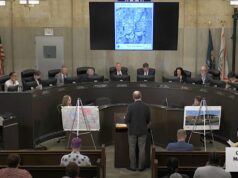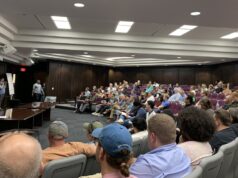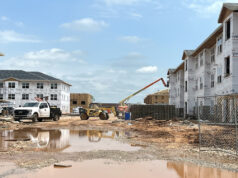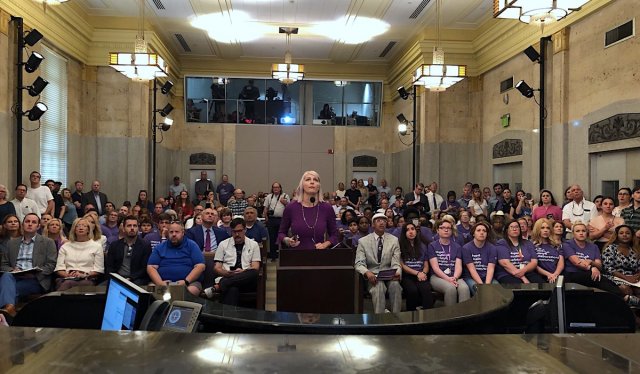
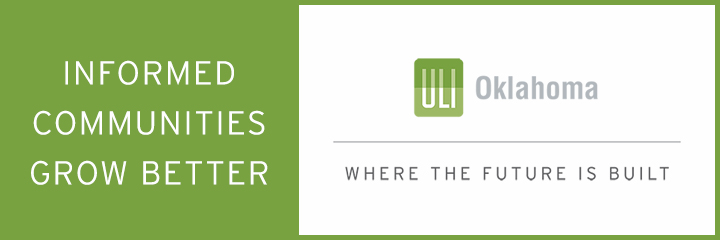
In a series of presentations Tuesday, Oklahoma City residents got their first detailed look at ideas that could find their way onto a ballot for MAPS 4 later this year.
Topics covered in the five-hour session included Palomar Family Justice Center, improvements to parks, bike lanes and streetlights across the city.
Presentations will continue through this month and August. The OKC City Council will eventually whittle the list down for a final MAPS 4 package. Voters could decide its fate in December.
Palomar presentation well received

The future of Palomar, the city’s family justice center, took center stage to open the public meeting. Based in Midtown, Palomar provides a range of services for those affected by sexual abuse and domestic violence.
Executive director Kim Garrett said the organization needs more space and other amenities to better serve its mission. Proposals call for the creation of a healing center for grief counseling, psychiatry and individual and group treatment.
Palomar also hopes to expand its animal advocacy with emergency veterinarian care and kenneling. Garrett said that in many families where physical abuse is present, animals in those settings are also often abused.
Other needs include a chapel, training center and the ability to offer integrated medical services.
Garrett said the organization would prefer to stay in Midtown and that doing so would ultimately save money. She estimated that the expansion proposal would cost about $37 million if Palomar could remain in Midtown while relocating for the expansion would cost about $43 million because of the need for land acquisition and a parking structure.
“We would really prefer to stay in Midtown,” Garrett said. “We have had a lot of positive feedback from survivors about that location.”
Garrett argued that for every $1 in MAPS money spent by the city, it would receive more than $12 in long-term return. Garrett said those who are exposed to physical and emotional abuse or sexual abuse are more likely to smoke, become involved in crime and face enhanced risks for developing substance abuse problems later in life.
Garrett’s presentation was well received by several members of the council, including Ward 2 Councilman James Cooper who recalled his own childhood growing up in a home with an abusive father.
“The service you provide is critical, and I want to add my face to the group of people who have experienced this trauma and who have survived it,” Cooper said.
Potential park improvements outlined
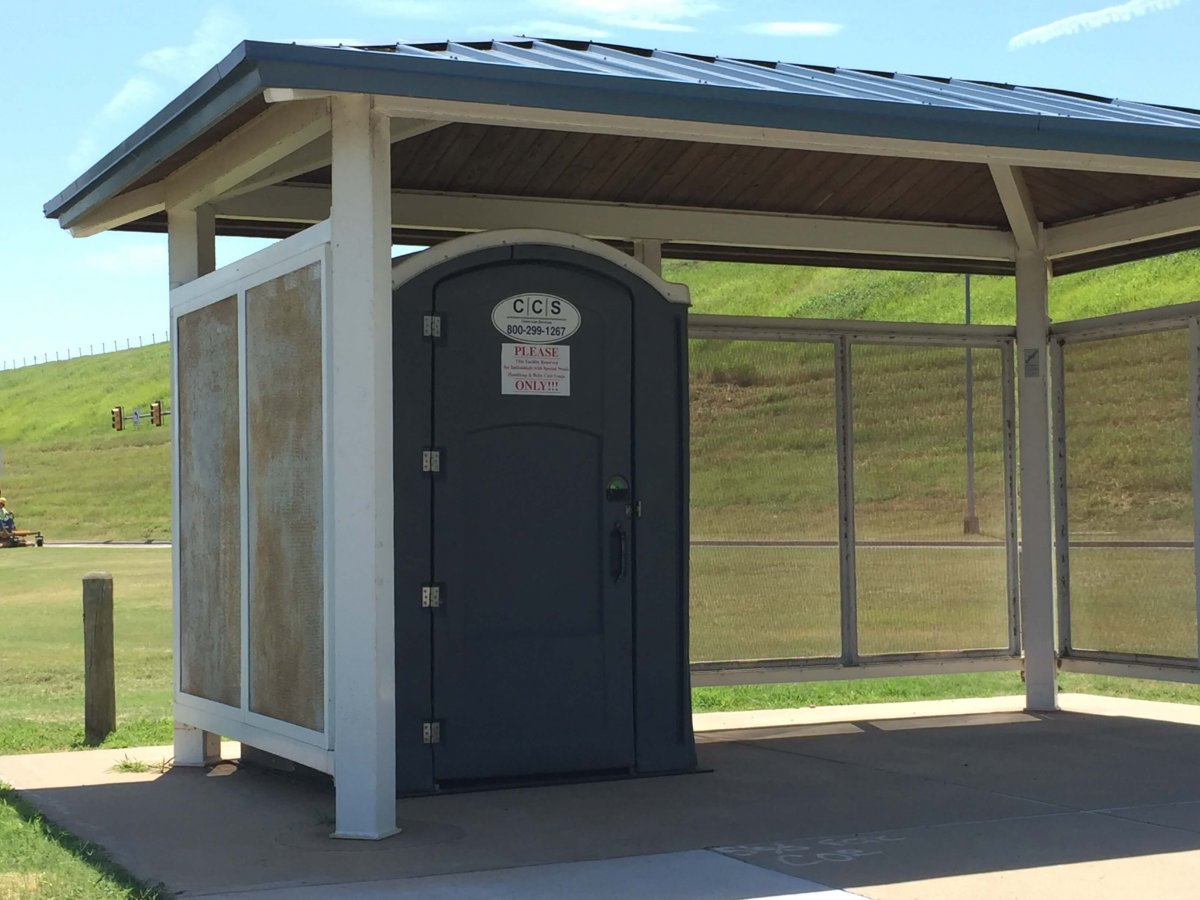
A presentation on parks and recreation by OKC Parks and Recreation director Doug Kupper featured a cadre of ideas including construction of new parks, adding restrooms to existing parks and updating park fixtures like picnic tables and benches.
“Our park furnishings are worn out,” Kupper said. “Some of them date back to the turn of the century. Concrete picnic tables from the 1930s — we have a lot of those left in our inventory, and we still have a lot of wooden benches that are maintenance intensive. We want to bring in more modern and durable products.”
Only a handful of Oklahoma City’s 160 parks have permanent restroom facilities. Kupper’s presentation included images of overturned port-a-potties at several parks. Kupper said one goal of restroom projects would be to improve the experience for park visitors while also ensuring durable bathrooms that can remain open all year.
“We use a lot of port-a-potties and some of the folks in our city aren’t as kind to them as we would like them to be,” Kupper said.
Those improvements are expected to cost between $60 million and 80 million, Kupper said.
‘Dream Big’ ideas
Kupper also highlighted several “Dream Big” items, including construction of several large soccer complexes that could draw regional tournaments, something he said the city is currently missing out on because of its limited facilities.
He said events like the NCAA College Softball World Series in Oklahoma City bring in up to $16 million and that the city would benefit from expanded sports tourism.
Plans call for one facility with more than 20 full-size soccer pitches, similar to those in Overland Park, Kansas and Frisco, Texas.
Such plans are estimated to cost $15 million to $30 million.
New parks on the agenda
Other “Dream Big” plans include construction of three new parks in far southeast, southwest and south central Oklahoma City. Kupper also discussed the possible creation of community gardens, the addition of new basketball courts and way-finding signage at Lake Stanley Draper. The cost for those projects is estimated to be $40 million to $50 million.
The Oklahoma River could also receive some attention with MAPS 4. Plans for a pedestrian bridge, amphitheater, expanded boat landings, a low-water dam and equestrian park upgrades were all mentioned. Those items are estimated to cost between $10 million and $15 million.
Such a parks plan would also include a $20 million endowment proposed by Mayor David Holt that would cover added operational expenses created by MAPS 4 projects. That endowment would generate about $800,000 annually, according to estimates provided.
But former OKC City Councilman Pete White spoke during the public comments section of the presentation and highlighted years of neglect that the city’s parks department has endured. Currently, the department’s budget is about $32 million.
White said more dollars for programming and maintenance were among the most critical needs, something MAPS 4 won’t solve.
Former city councilman Ed Shadid launched an initiative petition in June that would create a $0.00125 sales tax for park programming, among other needs.
Holt said his proposed endowment’s purpose isn’t to solve ongoing operation and maintenance needs of the department.
“It isn’t intended to change the face of our parks program,” Holt said. “That will take something different.”
City’s sidewalks and trails targeted
Oklahoma City’s sidewalks, bike trails and street lights could also receive attention in MAPS 4. Plans presented Tuesday would include expansion of existing sidewalks and bike trails, along with improving existing trails.
The construction of bicycle trails would cost an estimated $350,000 to $500,000 per mile.
Estimated cost of new walking trails would be about $1.2 to $1.6 million per mile. The cost of amenities to those trails would be $165,00 to $270,000 per mile.
Costs for new sidewalk construction would be about $400,000 to $450,000, according to estimates provided by assistant city manager Aubrey McDermid.
Ward 6 Councilwoman JoBeth Hamon estimated it would cost up to $220 million to fully realize the vision of a network of sidewalks and trails throughout Oklahoma City.
Freedom Center could be revitalized
The day’s final presentation focused on the Freedom Center in northeast Oklahoma City. That facility has long been at the epicenter of the city’s civil rights movement dating back to the 1960s.
Restoration and preservation of the existing Freedom Center building at Northeast 25th Street and Martin Luther King Avenue, construction and development of a museum-caliber civil rights campus and the creation of an interactive exhibit were among the proposals presented by Freedom Center board of directors president Leonard Benton.
MAPS 4 presentations will continue at 9 a.m. Thursday in the City Council chambers. Topics will include youth centers, beautification, a new Oklahoma State Fair Coliseum, senior wellness centers and the city’s animal shelter.









